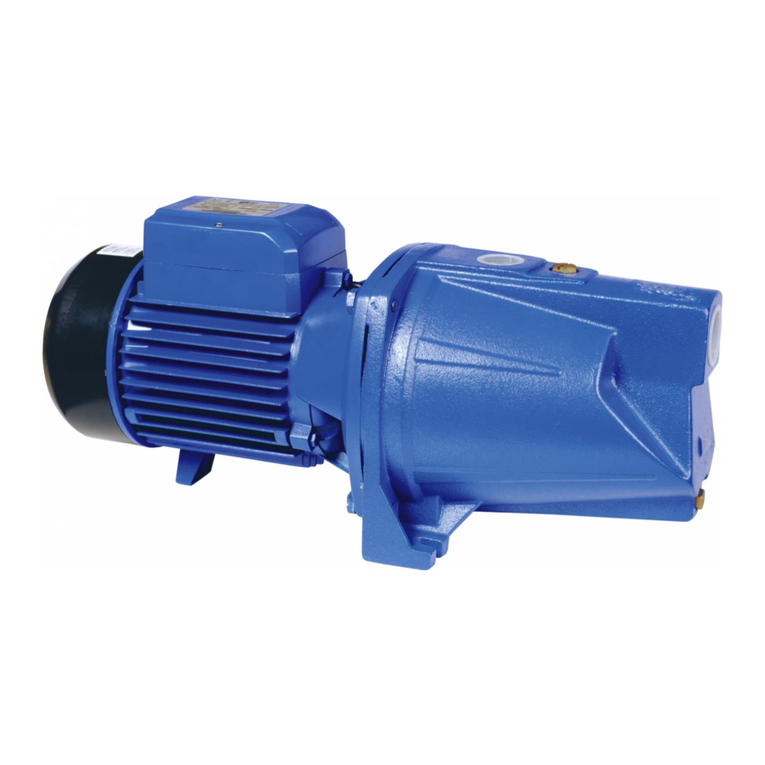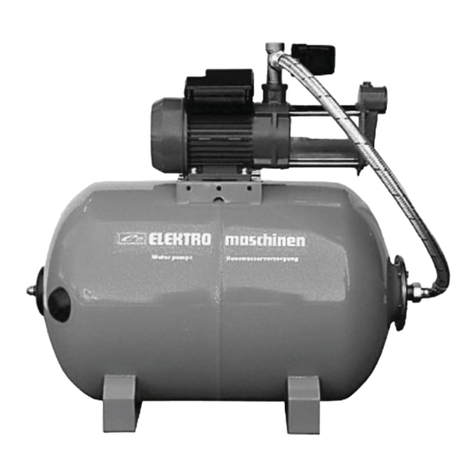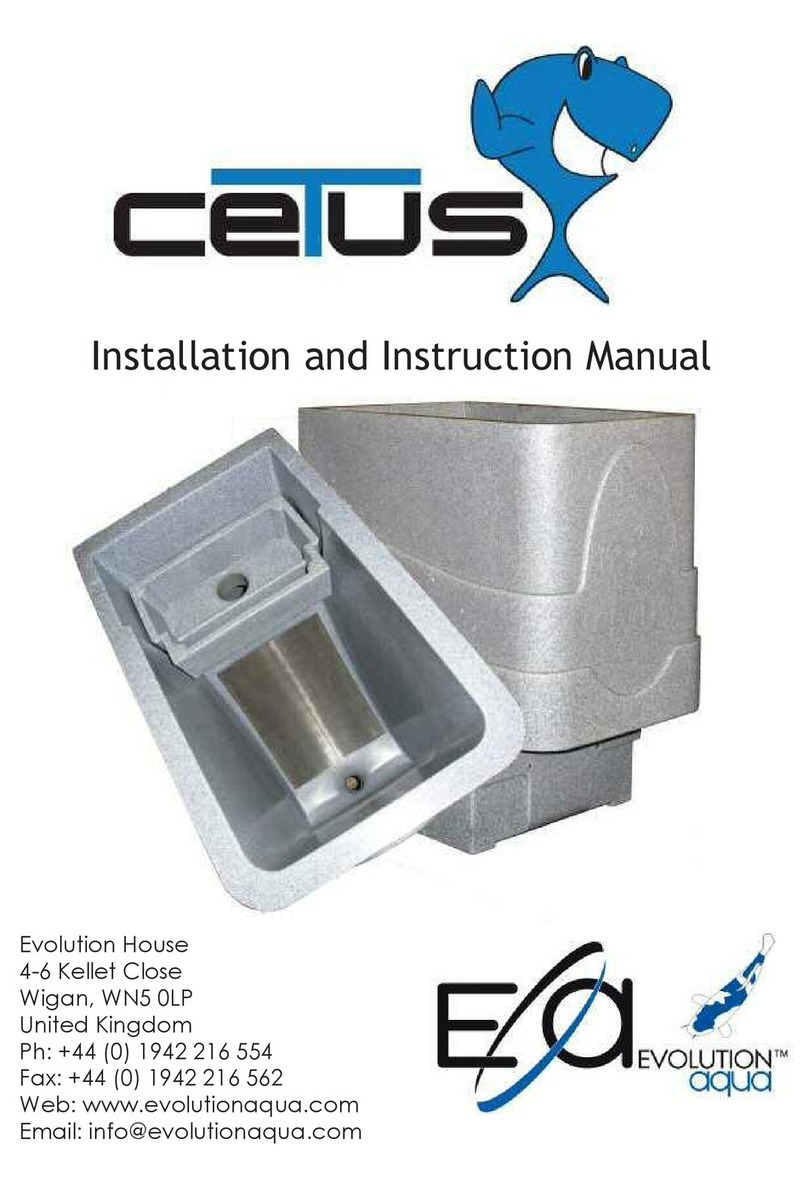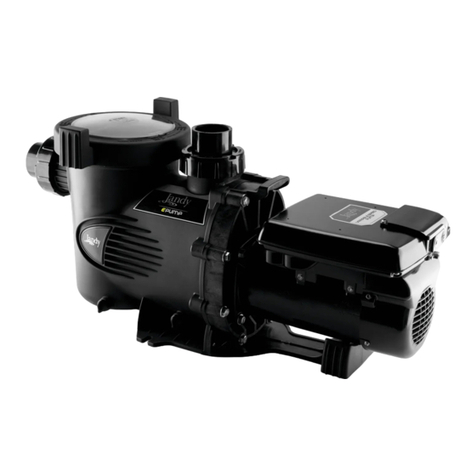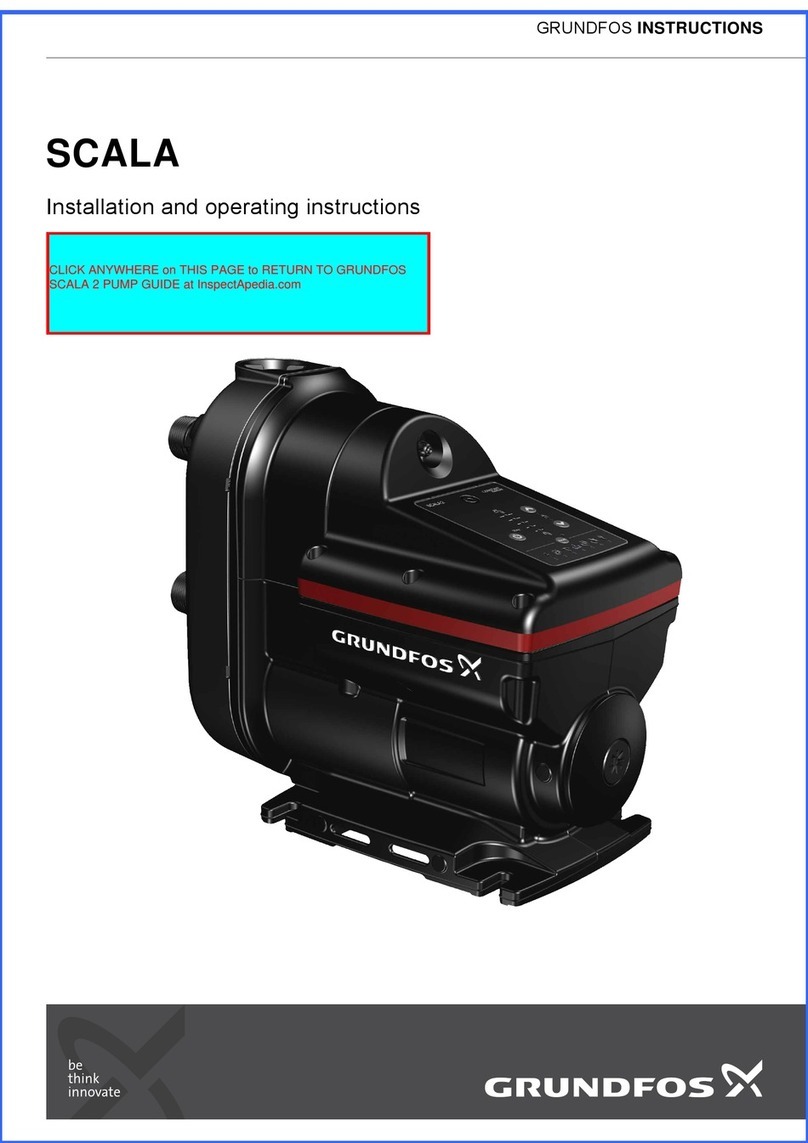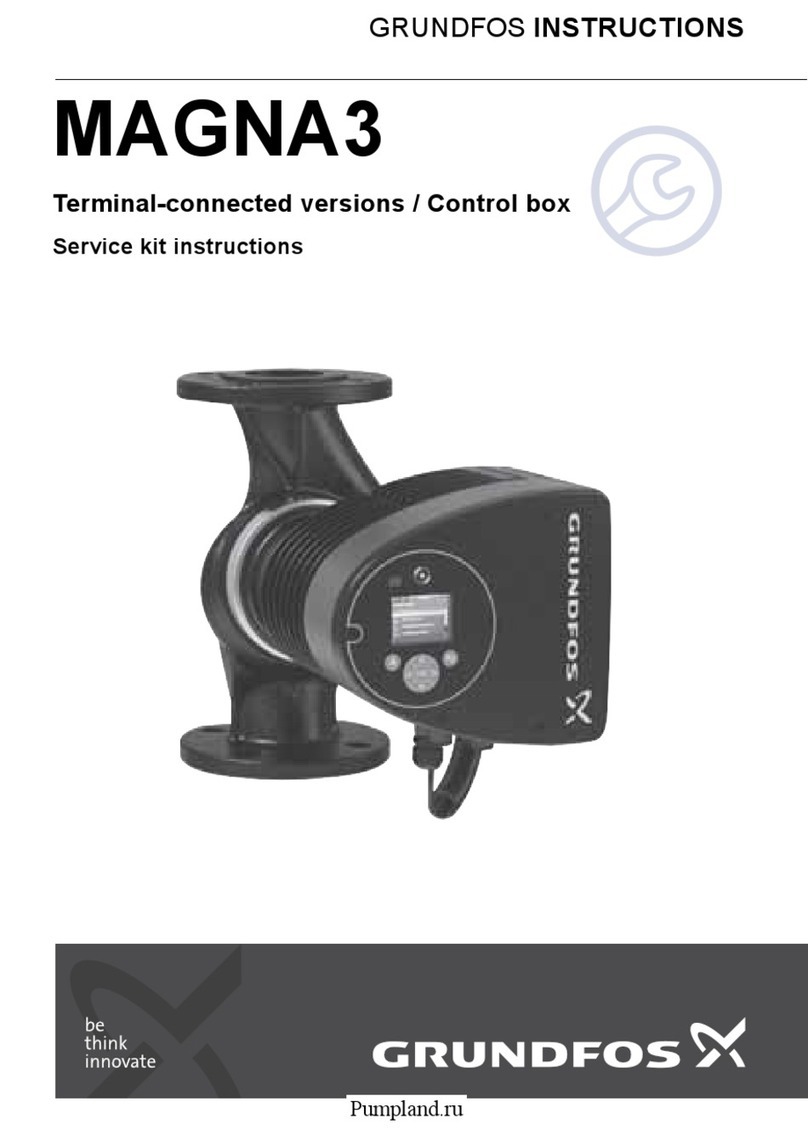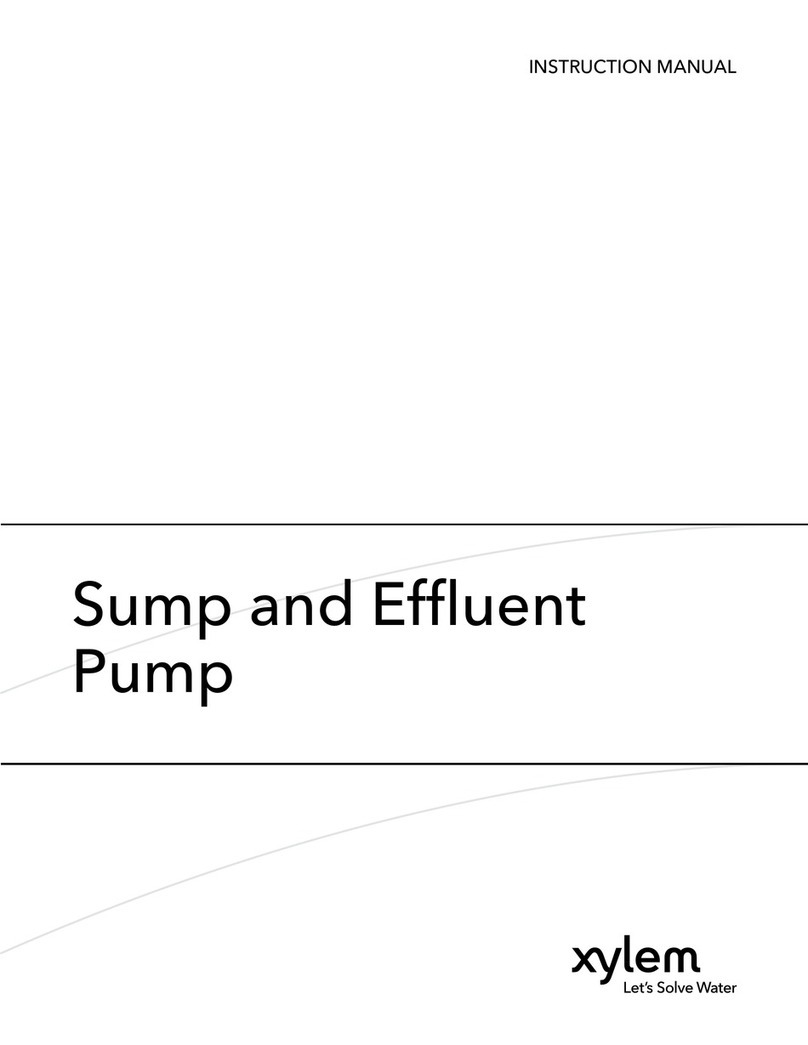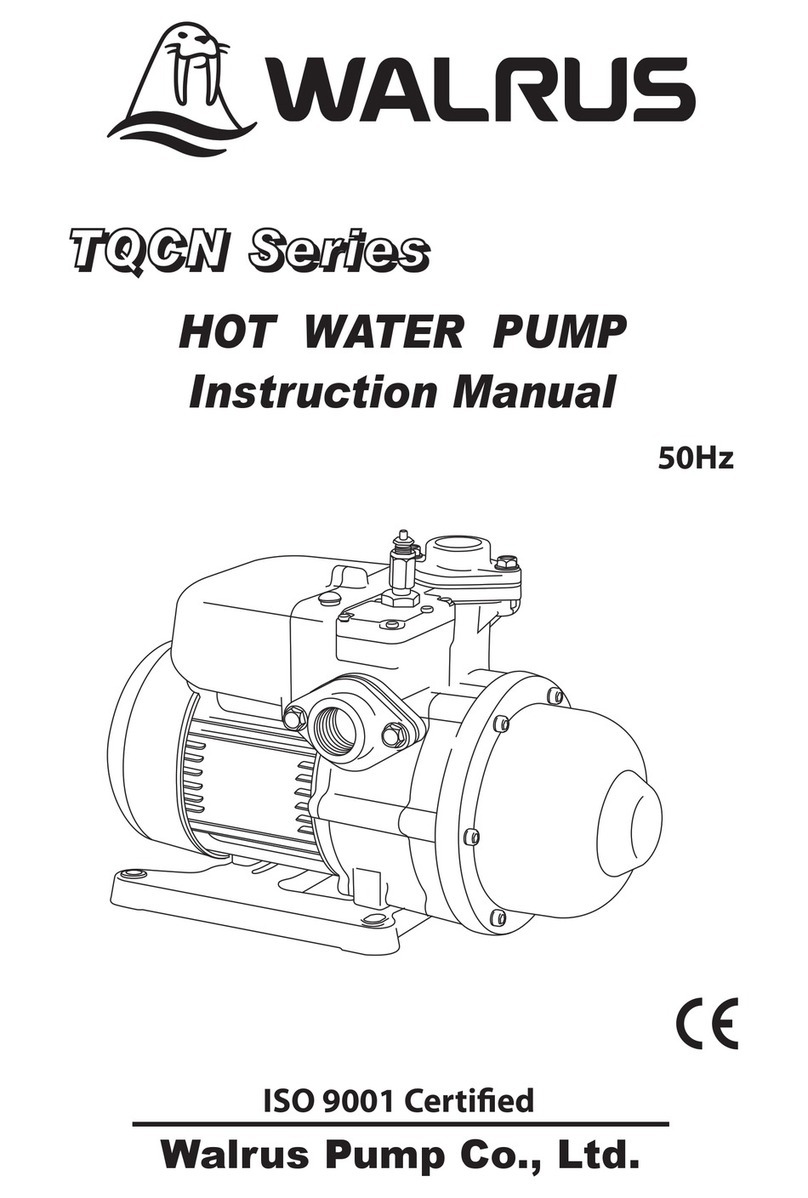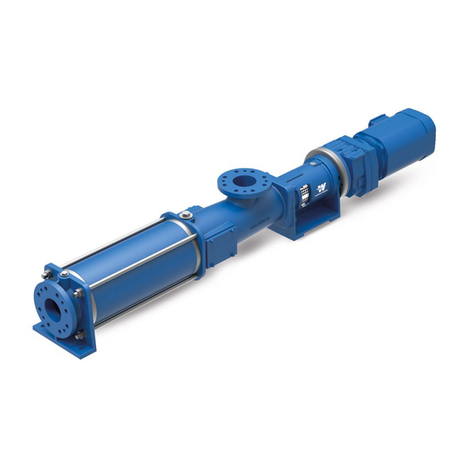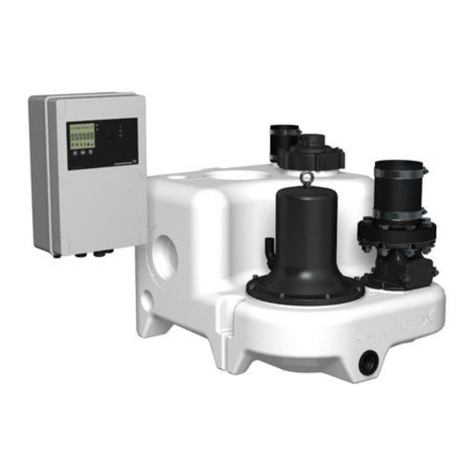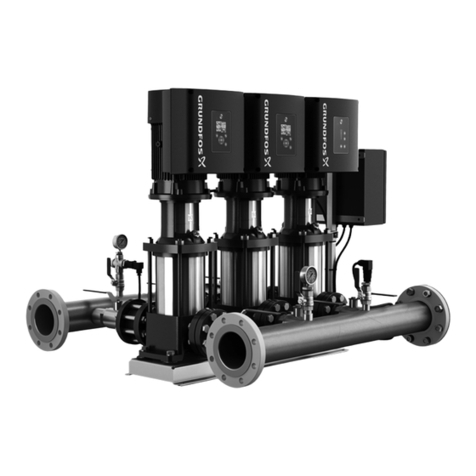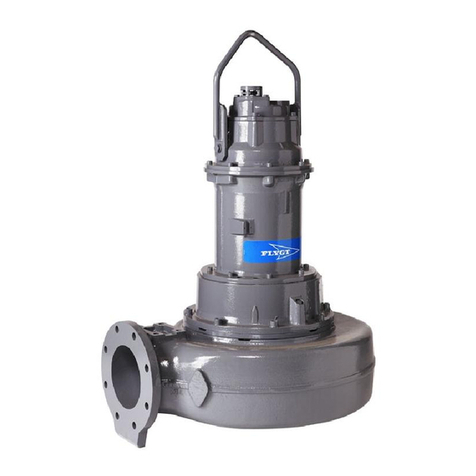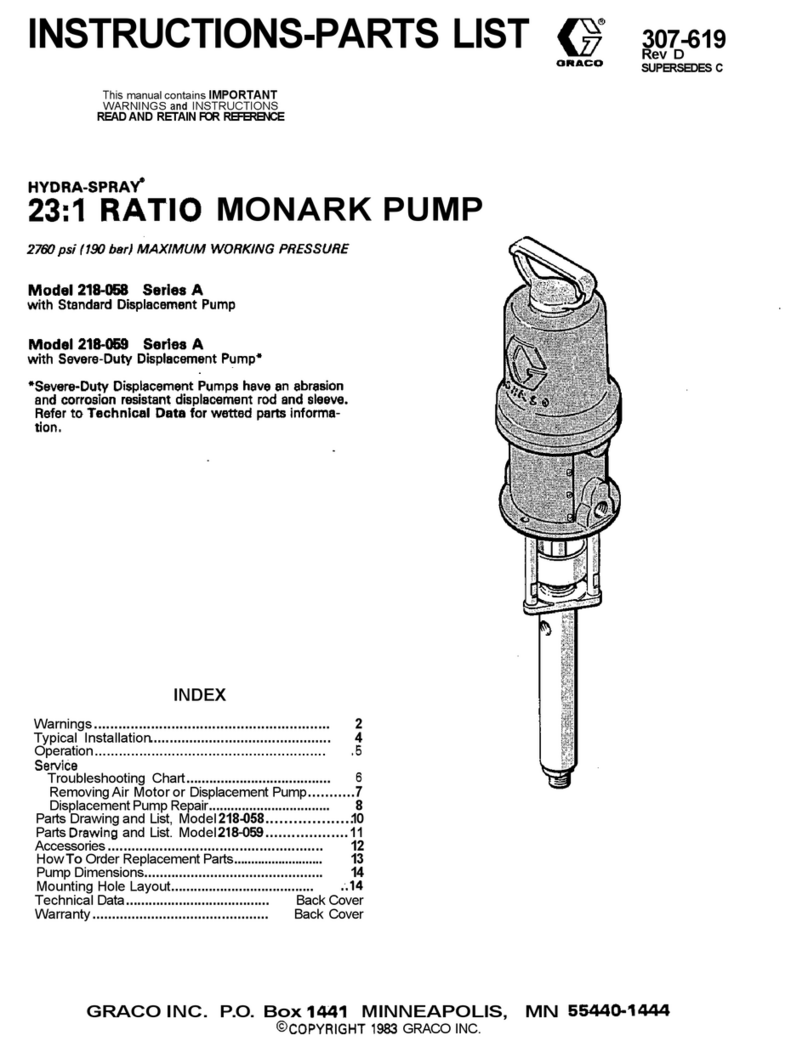
1. Machine Overview
2. Please Read First!
3. Range of Application and
Media
4. Safety
4.1 Specified conditions of use
4.2 General safety instructions
5. Prior to Operation
5.1 Discharge hose connection
5.2 Installation
6. Operation
6.1 Switching ON and OFF
6.2 Pump characteristic curve
7. Care and Maintenance
7.1 Periodic maintenance
7.2 Pump storage
8. Trouble Shooting
8.1 Fault finding
9. Repairs
10. Environmental Protection
xRead these instructions before use.
Pay special attention to the safety
instructions.
xDisregard of the instructions renders
the warranty null and void; the
equipment manufacturer is not liable
for any damage resulting from disre-
gard of the instructions.
xIf you notice transport damage while
unpacking, notify your supplier
immediately. Do not operate the
machine!
xDispose of the packing in an envi-
ronmentally friendly manner. Take
to a proper collecting point.
xSave these instructions - refer to
them when in doubt.
xIf you lend or sell this machine be
sure to have the instructions go with
it.
pumping containers, sumps and
flooded basements;
fountain pumps;
circulation to avoid putrefaction;
feeding false rivulets and brooks.
3. Range of Application and
Media
2. Please Read First!
ACaution!
The max. permissible fluid
temperature is 35 °C.
Pumping liquids containing abrasives
(such as sand) reduces the service
life of the pump.
4.1 Specified conditions of
use
This pump must not be used to supply
drinking water or for pumping foodstuff.
Explosive, flammable, aggressive fluids
or substances detrimental to health and
sewage must not be pumped.
This pump is not suitable for commercial
or industrial applications.
Any other use is not as specified. Use
not as specified, alteration of the
machine or use of parts that are not
approved by the equipment manufac-
turer, can cause unforeseeable damage!
4.2 General safety instruc-
tions
4. Safety
Children, juveniles and persons not fam-
ilar with the instructions are not permit-
ted to operate the pump.
When used in swimming pools and gar-
den ponds and their range of protection,
the regulations according to DIN VDE
0100 -702, -738 are to be observed.
Also all local regulations pertaining to
the safe operation of submersible pumps
are to be observed.
The following residual risks do principally
exist when operating submersible
pumps and can not be fully eliminated –
even by employing safety devices.
AHazard by ambient conditions!
Do not use the pump in hazardous loca-
tions or near inflammable liquids and
gases!
BDanger! Risk of electric shock!
Do not touch the plug with wet hands! To
unplug always pull at the plug, not the
power cable.
Connect only to an earthed outlet that is
properly installed, earthed and tested.
Mains voltage and fuse protection must
correspond to those stated in the "Tech-
nical Specications".
Protection must be provided by a resid-
ual current device (RCD) of max. 30 mA
capacity.
Use only extension cables of sufficient
lead cross section (see "Technical Spec-
ifications"). Unroll cable reels fully.
Do not buckle, squeeze, drag or drive
over power cable and extension cables;
protect from sharp edges.
Place extension cable so that it can not
get into the fluid to be pumped.
Always unplug before servicing the
pump.
ADanger by pump failings!
Before each use check the pump, espe-
cially the power cable and plug for possi-
ble damage. Risk of fatal electric shock!
A damaged pump must be workmanlike
repaired before it can be used again.
Do not attempt to repair the pump your-
self! When repaired inexpertly there is a
hazard of fluid entering the electrical
parts of the pump.
5.1 Discharge hose connec-
tion
xAttach discharge hose to the dis-
charge port (6).
5.2 Installation
xSpace required approx. 30 cm x
30 cm.
xThe pump must not be submerged
deeper into water then stated in the
"Technical Specifications".
xPlace pump so that the suction inlet
can not be blocked by foreign
objects (stand on a base, if neces-
sary).
xEnsure sufficient upright stability.
ACaution!
Do not lift pump at the cable or
discharge hose; both are not
designed for the tensile load by the
weight of the pump.
1. Submerge pump at an angle to
avoid an air cushion at the under-
side, which would prevent priming.
Once the pump is submerged, it can
be set into an upright position.
2. Lower pump to the bottom of the
fluid container. Use a strong rope,
fastened to the cable eye, to lower
the pump.
The pump can also be operated
when suspended by a rope.
Table of Contents
5. Prior to Operation
6
EN
This equipment is intended for pumping
clear water in domestic applications,
such as ACaution!
When pumping contaminated
fluids install a suction strainer to pro-
tect pump from sand and dirt.





















